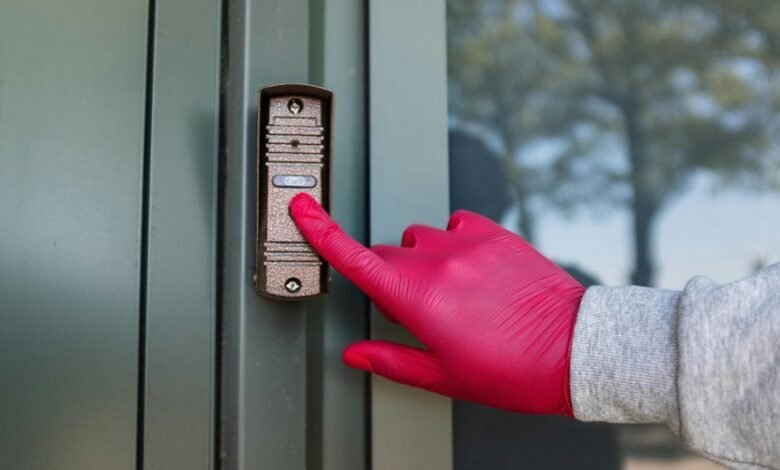2130577701 Latency Between Missed Call and Callback

The latency between a missed call to 2130577701 and the subsequent callback is a critical aspect of communication efficiency. Various factors, including network performance and signal strength, can introduce significant delays. These interruptions not only hinder immediate connection but also influence user perceptions and interactions. Understanding these dynamics is essential for developing effective callback strategies. The implications of such latency extend beyond mere inconvenience, prompting a deeper examination of potential solutions.
Understanding Call Latency
Understanding call latency is essential for evaluating the efficiency of communication systems.
Call timing significantly impacts user experience, as delays can hinder effective interactions.
Network performance directly influences latency, where factors such as bandwidth and routing algorithms play crucial roles.
Factors Contributing to Missed Call Delays
Call latency is influenced not only by the underlying network performance but also by specific factors that contribute to missed call delays.
Technological advancements, such as the proliferation of smartphones and applications, have altered user behavior, often leading to increased distractions.
Additionally, varying signal strengths and network congestion can exacerbate delays, affecting the promptness of callbacks and overall communication efficiency.
Implications of Latency in Communication
Although the nuances of latency in communication often go unnoticed, they can have significant implications for both personal and professional interactions.
Increased latency diminishes communication efficiency, leading to potential missed connections that hinder effective collaboration.
In a fast-paced environment, such delays may result in misunderstandings, reduced trust, and ultimately, adverse impacts on relationships and productivity, emphasizing the need for timely responsiveness in communication practices.
Tips for Reducing Callback Delays
How can individuals and organizations effectively minimize callback delays to enhance communication efficiency?
Implementing robust callback strategies is essential. Prioritizing response time by utilizing automated systems can streamline communication.
Additionally, establishing clear protocols for handling missed calls ensures prompt follow-up actions. Training staff to respond quickly and efficiently further reduces delays, fostering a culture of proactive communication that meets the needs of all stakeholders.
Conclusion
In conclusion, addressing the latency between missed calls and callbacks is essential for enhancing communication efficiency. For instance, a hypothetical scenario involving a business that experiences frequent missed calls due to network congestion illustrates the potential for lost opportunities. By implementing a callback strategy that prioritizes response time and leveraging technology to monitor signal strength, the business could significantly reduce latency. Consequently, fostering timely interactions would lead to improved collaboration and increased user satisfaction, ultimately benefiting both personal and professional communications.





